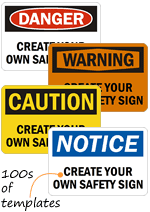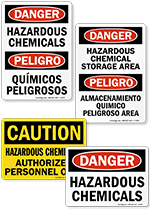A refresher: Scissor lift safety
In the construction industry, working at heights even as low as 6 feet can be a dangerous proposition, with falls ranking as the leading cause of worker deaths on construction sites. When compared to the deficiencies of a ladder, scissor lifts often provide enhanced safety and efficiency, but it’s important to remember that they have their limitations.
These mobile, free-standing forms of scaffolding are used for a variety of construction and maintenance tasks, from painting and drywalling to installing electric and duct work.
The platform rises vertically, through hydraulic, mechanical or pneumatic means, allowing the worker and his supplies – even large, heavy items – to more safely reach work areas up to 40 or 50 feet high. Compared to other types of aerial lifts, scissor lifts have large platforms that let workers reach a larger area without repositioning, and typically are equipped with safety features like chocks to lock the lifting mechanism in place.
Scissor lifts are covered under the Occupational Safety and Health Administration’s scaffolding standard, which means that railings are required around the platform. While the guardrails can serve as the only type of fall protection in use, they must meet specific requirements, including withstanding a force of 200 pounds and incorporating a top rail, mid rail and toe board of certain dimensions. Although a fall arrest system is not needed when workers are on a scissor lift, the guardrails are often used as anchor points for fall harnesses. Yet, not all are rated to support 5,000 pounds – the required minimum for serving as the anchor point for the system.
The vertical extension that scissor lifts provide also can create dangerous situations. Crooked surfaces and high winds can cause the platform to become unstable, while operator error and uneven weight distribution can challenge the center of balance. In one case, a worker was seriously injured when the guardrails of a scissor lift were used – inappropriately – to support steel beams that were being removed. The weight caused the lift to topple, bringing down the heavy beams atop the worker.
For all their benefits, this means that scissor lifts are not the ideal equipment for every construction job. In one 2010 case, the weight of planter boxes and soil caused a scissor lift to topple to the ground, killing one worker. An investigation by the California Fatality Assessment and Control Evaluation Program found that “if a larger scissor lift with outriggers or an industrial forklift had been used on this job, the planter box could have been removed safely.”
Category: Construction, Safety Tips












